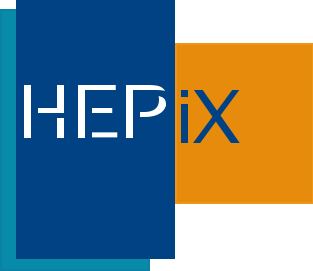Speaker
Chander Sehgal
(Fermilab)
Description
The Open Science Grid (OSG) ties together computing resources from a broad set of research communities, connecting their resources to create a large, robust computing grid; this computing infrastructure started with large HEP experiments such as ATLAS, CDF, CMS, and Dzero and it has evolved so now it is also enabling the scientific computation of many non-physics researchers. OSG has been funded by the Department of Energy Office of Science and National Science Foundation since 2006 to meet the US LHC community's computational needs and support other science communities. The large physics experiments played a key role in evolving the job submission methods in OSG resulting in the implementation of pilot based architectures that improved the ease of job submission while improving site utilization. An important aspect of these overlay systems is the change in the trust relationship for sites which now depend more on the science communities (i.e. Virtual Organizations) instead of the individual researcher. The OSG has further extended this trust model to remove many dependencies on PKI certificates without reducing security and job traceability; today, many researchers use OSG without having a PKI certificate. OSG continues to evolve these access methods as part of its drive to improve the access to Distributed High Through-put Computing (DHTC) for US researchers and increase delivery of DHTC to users from a wide variety of disciplines at campus and research institutions. Presently, the OSG Open Facility delivers over 150 million computing wall hours annually to researchers who are not already owners of the OSG computing sites; this is primarily accomplished by harvesting and organizing the temporarily unused capacity (i.e. opportunistic cycles) from the various sites in the OSG. We present an overview of the infrastructure developed to accomplish this from access methods to harvesting opportunistic resources to providing user support to a diverse set of researchers. In addition, we discuss the architectures that have been developed for small research communities and individual researchers to use the OSG for science and to share their own compute clusters with the broader OSG community. We believe that expanded access to DHTC is an essential tool for scientific innovation and OSG continues to expand these services for researchers from all science domains.
| Length of presentation (max. 20 minutes) | 20 |
|---|
Author
Chander Sehgal
(Fermilab)
Co-authors
Bodhitha Jayatilaka
(Fermilab)
Lauren Michael
(University of Wisconsin (US))
Robert William Gardner Jr
(University of Chicago (US))
Tanya Levshina
(FERMILAB)
